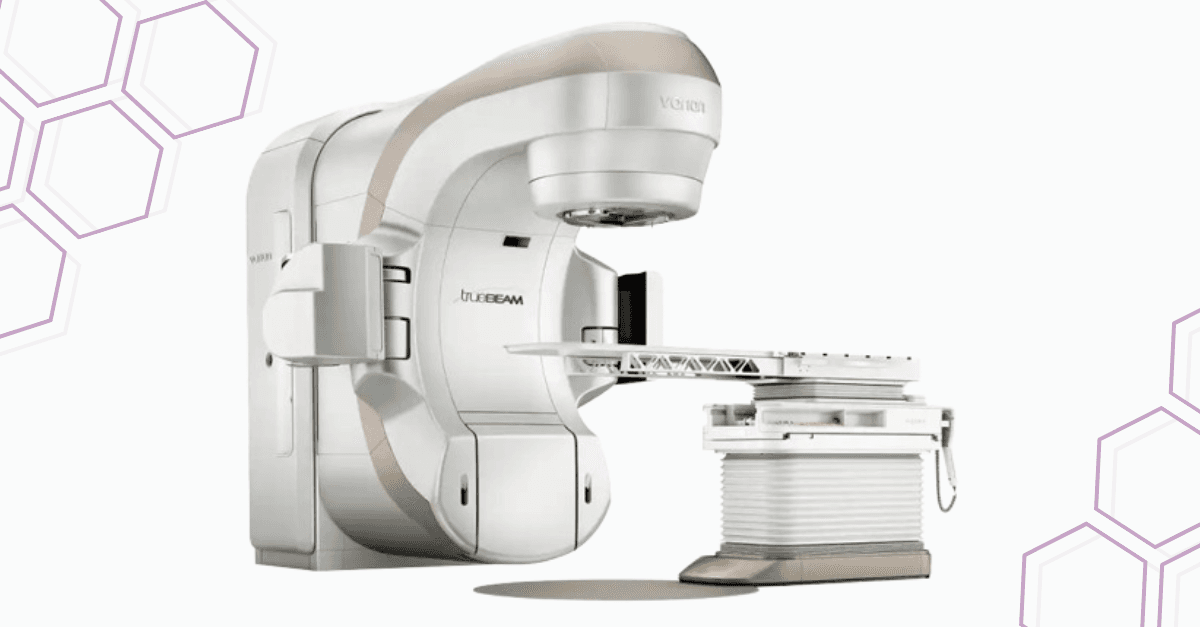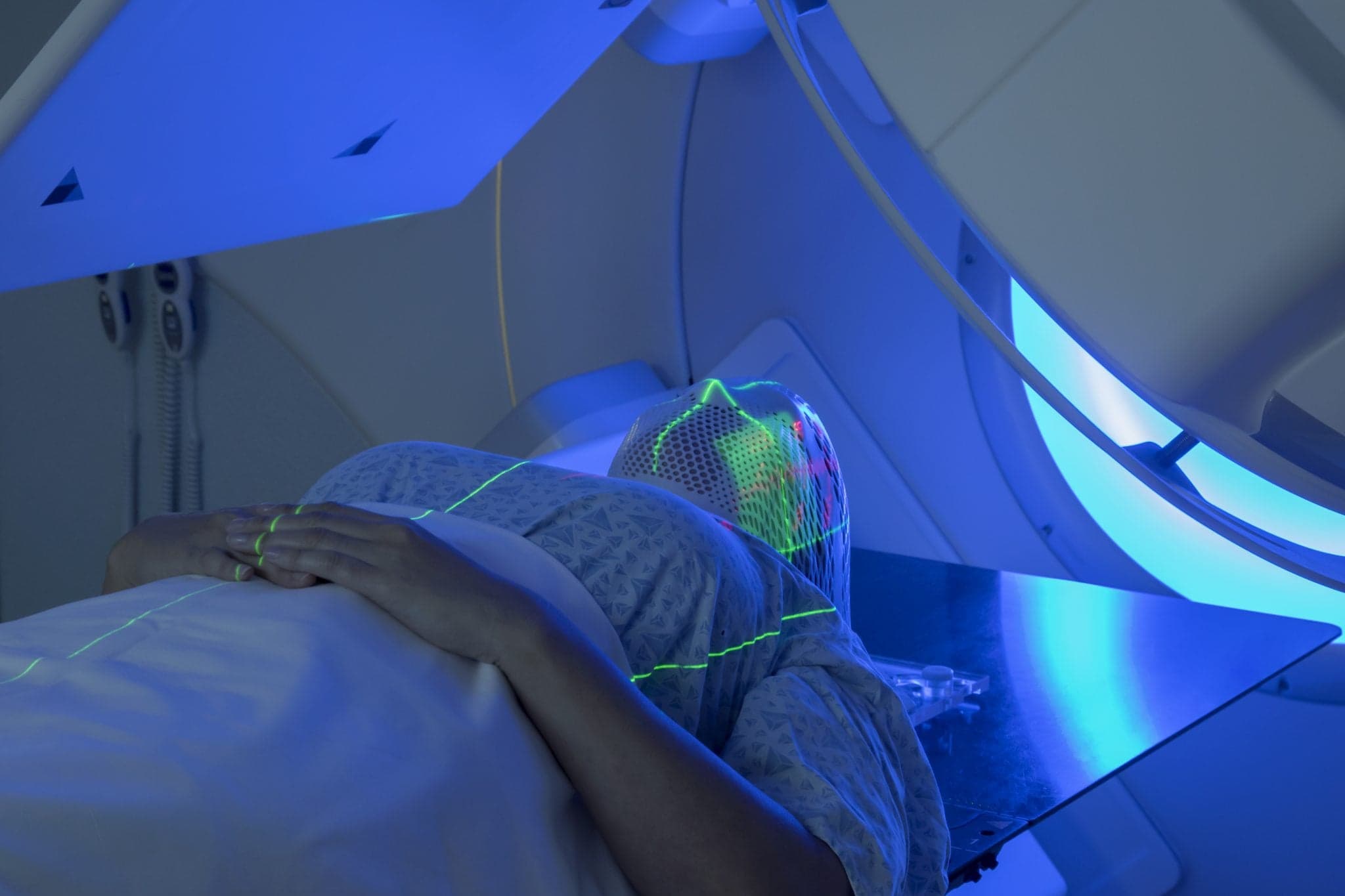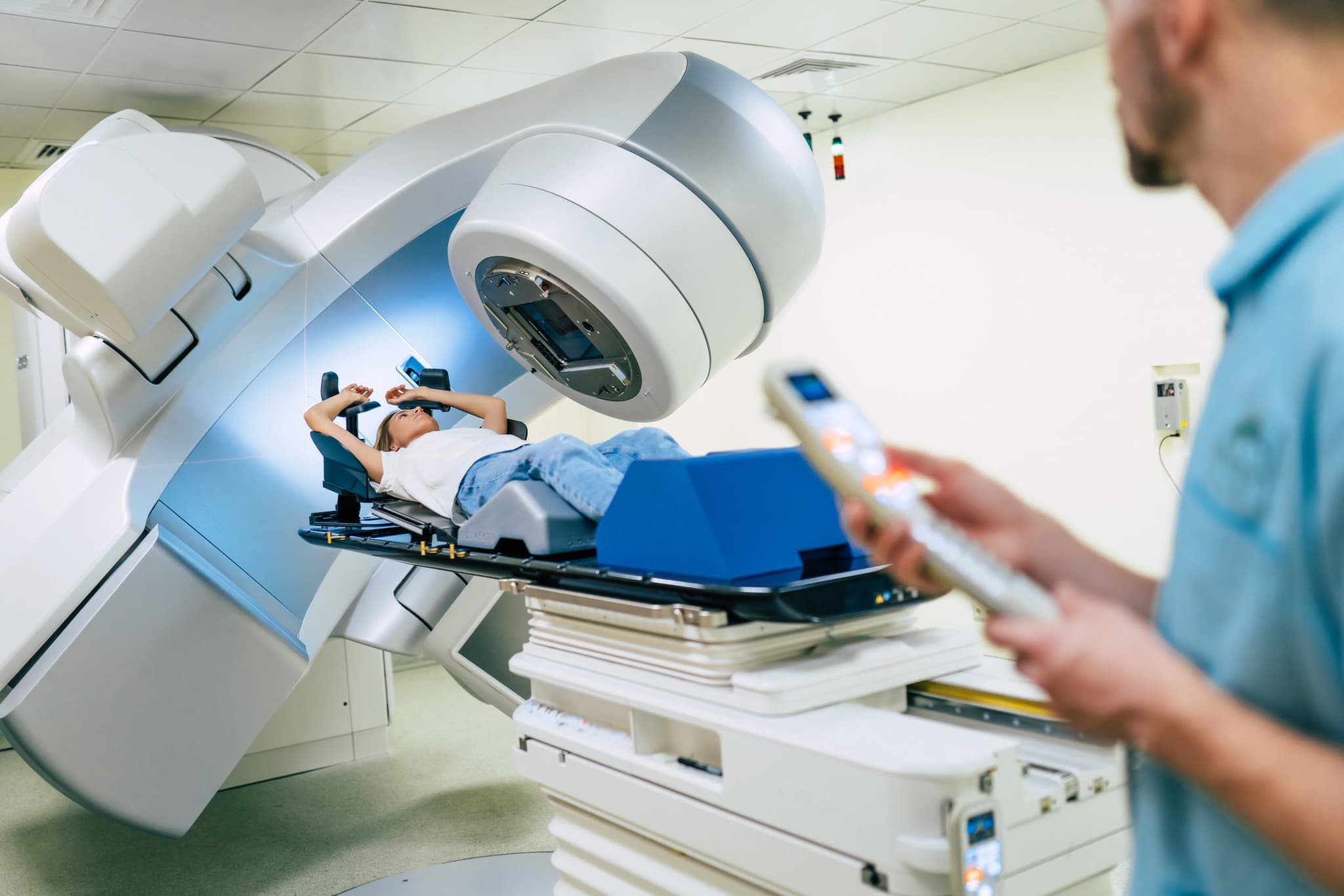
2023-12-14T12:12:37
How the Linear Accelerator is Transforming Radiation Therapy
- Radiation Oncology
April 6, 2017 | Radiation Oncology
Specialties:Radiation Oncology

In the simplest terms, radiation refers to energy that moves from one place to another through waves or particles.
As a method of cancer treatment, radiation therapy uses X-rays, protons and other types of energy to help kill cancer cells and slow down the speed of tumor growth, without causing major damage to healthy tissues. Radiation therapy can be the primary cancer treatment, or it can be used after surgery or chemotherapy—in these cases, it’s called adjuvant therapy. If not all the cancerous cells can be killed, doctors may use palliative radiation therapy in order to shrink tumors and ease symptoms.
Over half of all cancer patients receive some kind of radiation therapy during treatment.
There are several different types of radiation therapy that can be performed:
External-beam radiation therapy:
External-beam radiation therapy is the most common type, and uses radiation delivered by a machine. This machine, called a linear accelerator, can target specific tumors and avoid healthy tissues. Types of external-beam radiation include:
Internal radiation therapy:
Also known as brachytherapy, this form of treatment places radiation inside the cancer itself, or the nearby tissue. Radiation can be administered through permanent implants that contain radioactive material or temporary items like needles or tubes. Radiation can remain in the body for anywhere from a few minutes to a few days.
Others:
Like many types of cancer treatment, there are a few risks associated with this treatment. Some people experience major side effects, while others experience very few. Radiation can produce side effects in the area of the body treated, and some side effects may develop after radiation treatment is finished. Treatment does slightly increase the risk of future cancer, though the benefit of removing the original cancer is greater than the small risk of a new cancer.
If you undergo internal radiation therapy, your friends and family can be at risk, as this type of treatment causes the patient to emit radiation. If you are a visitor of a patient who recently had internal radiation therapy, follow these safety recommendations:
Doctors recommend a few precautions for patients that had systemic radiation therapy:
Before starting treatment, your doctor will help you through a preparation plan, and these vary from case to case. For any questions or information, contact your healthcare provider to learn more about what to expect when starting chemotherapy.
*Note: No two cancer cases are alike. None of the statements herein are designed to suggest a “one size fits all” approach, and each case will be evaluated individually.
WRITTEN BY:
The Live Better Team

2023-12-14T12:12:37

2022-10-13T09:59:33

2019-10-15T16:28:57

2017-05-04T09:41:06
This information is not intended to replace the advice of a medical professional. You should always consult your doctor before making decisions about your health.